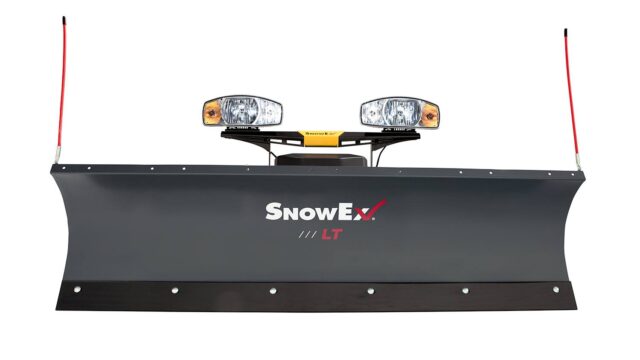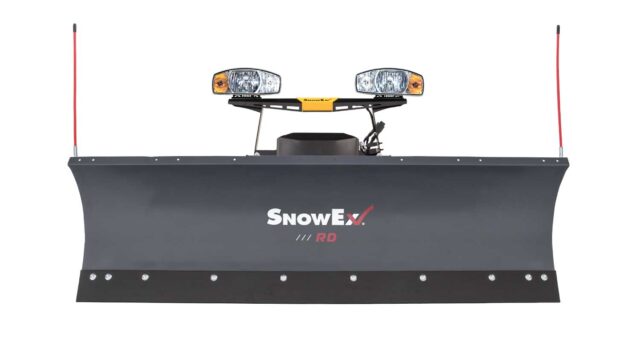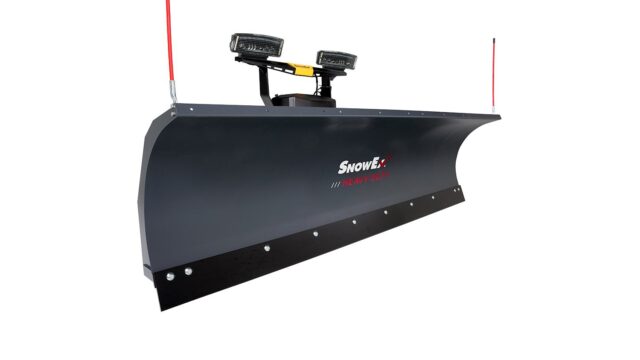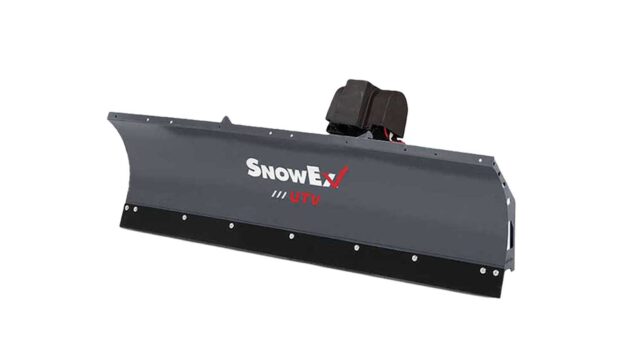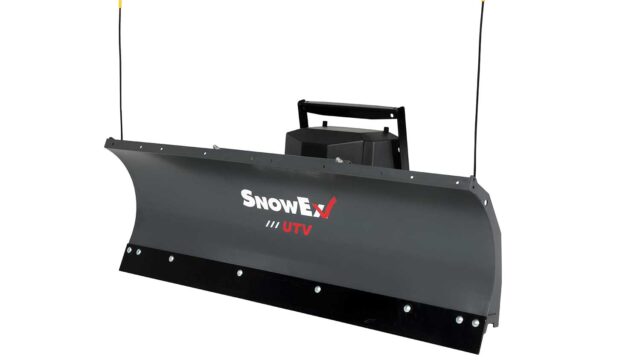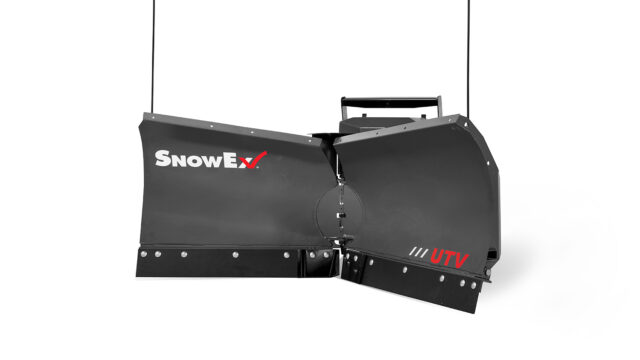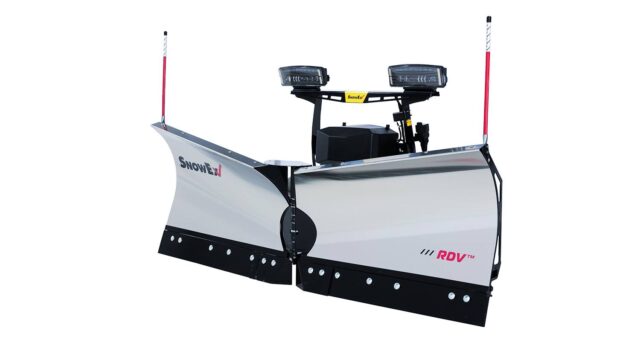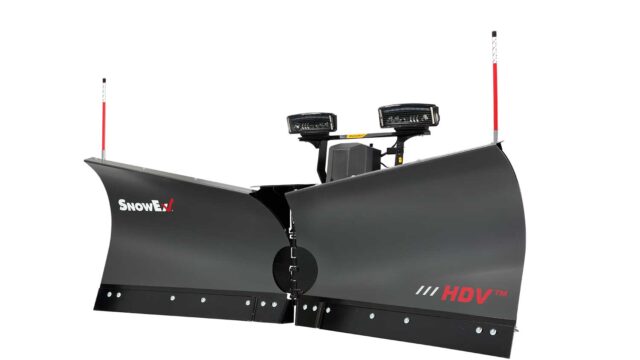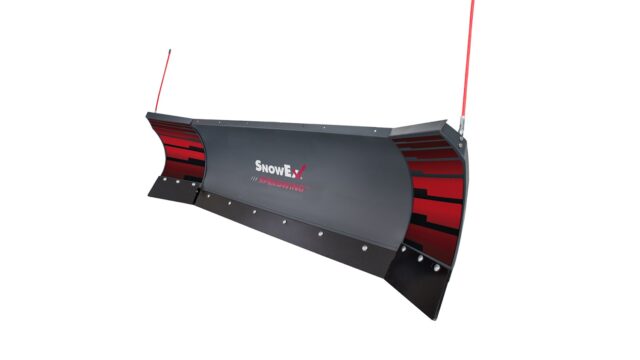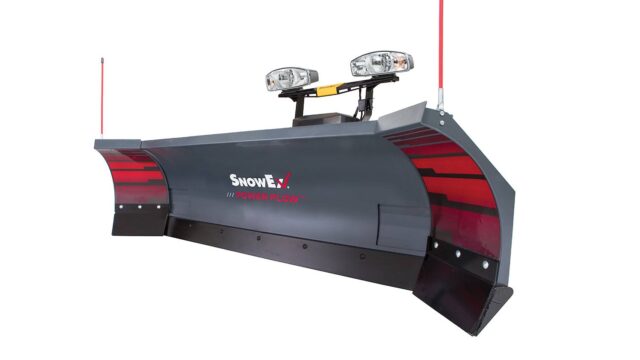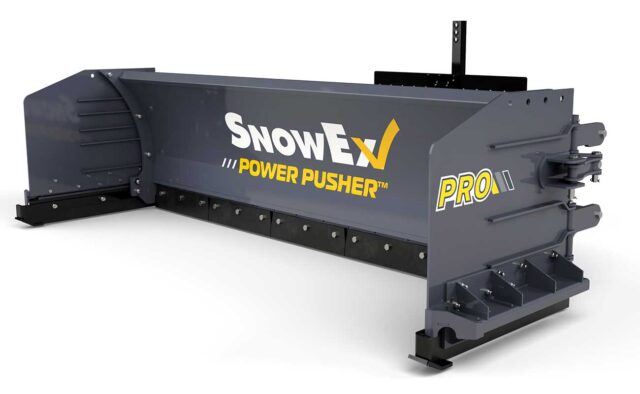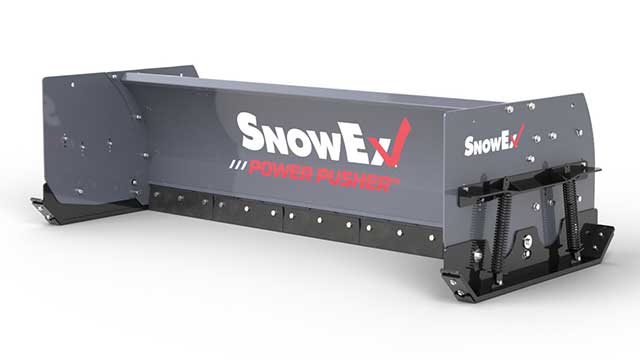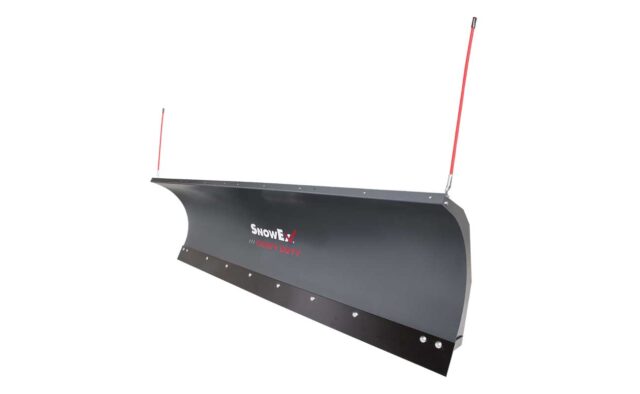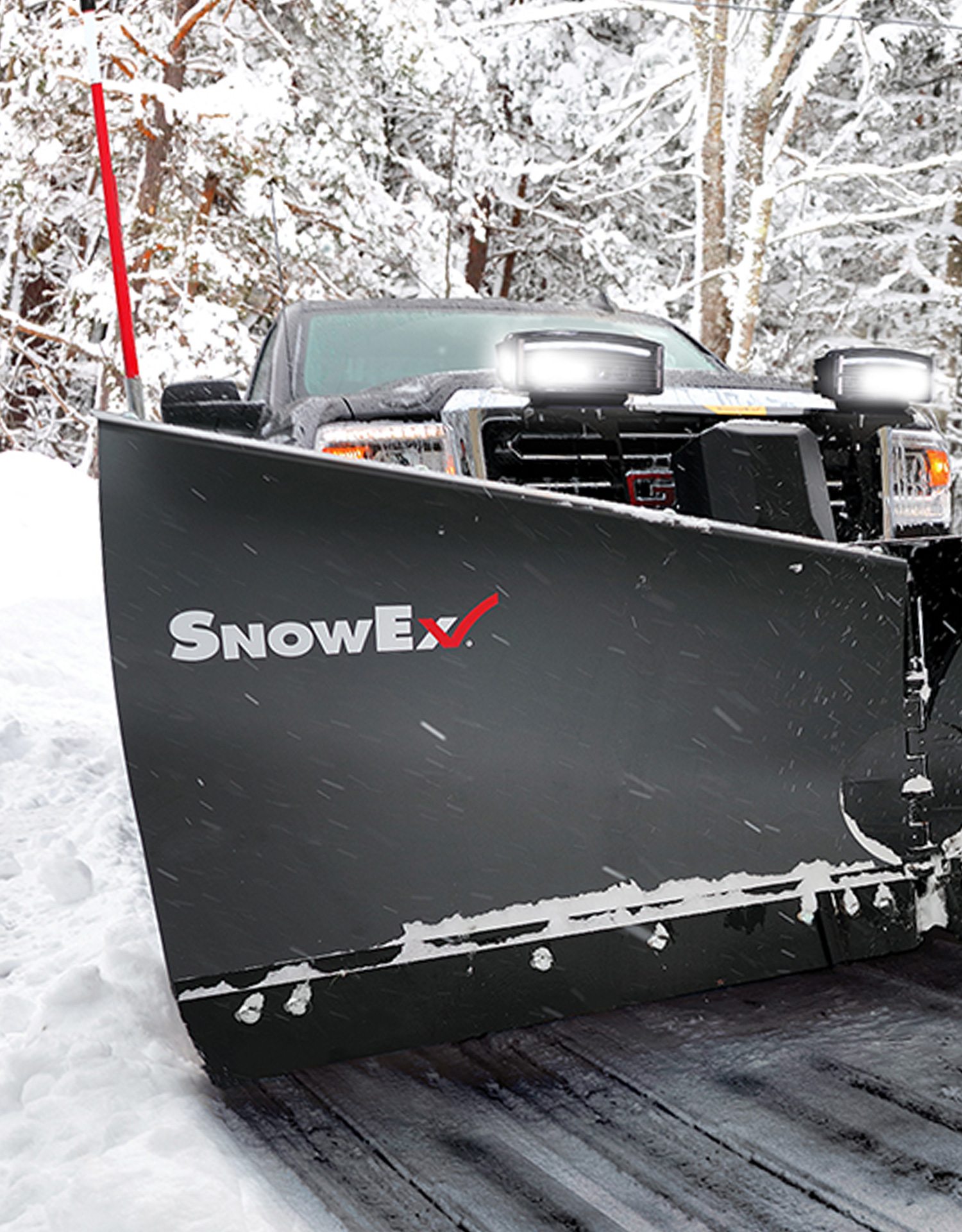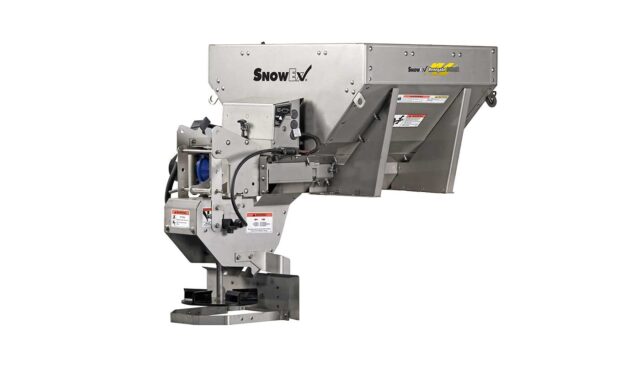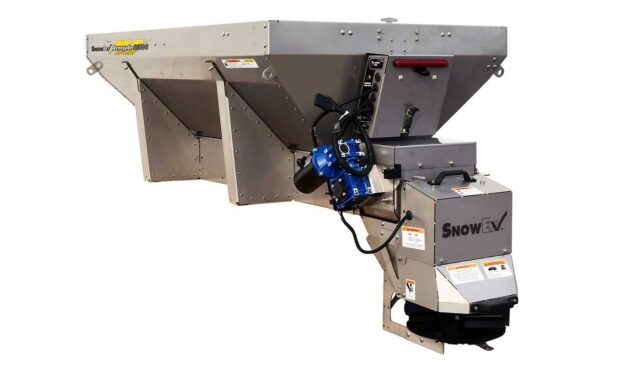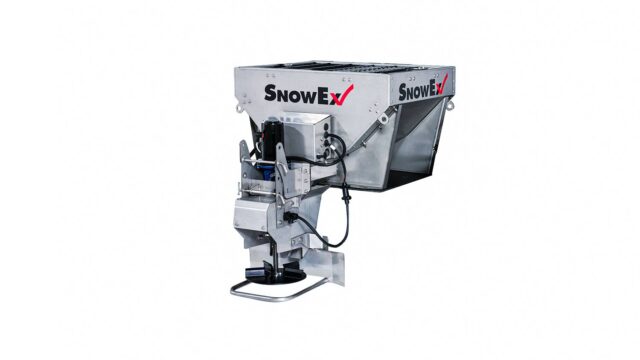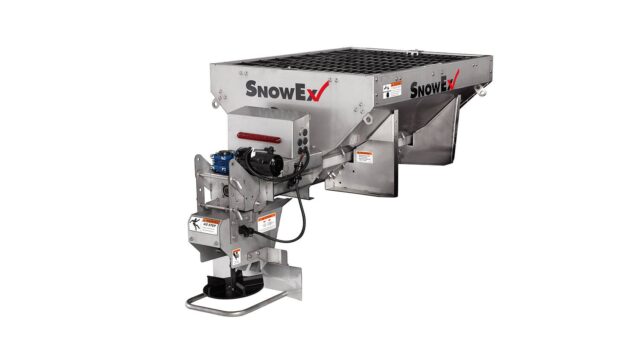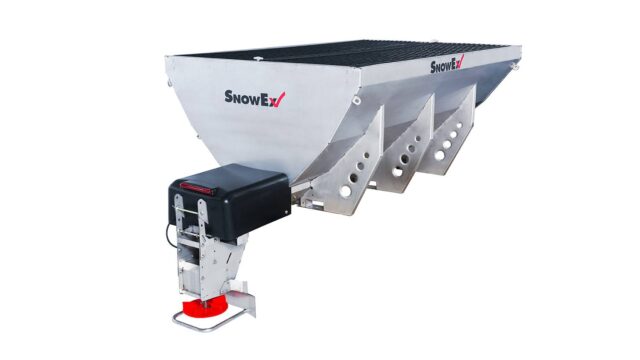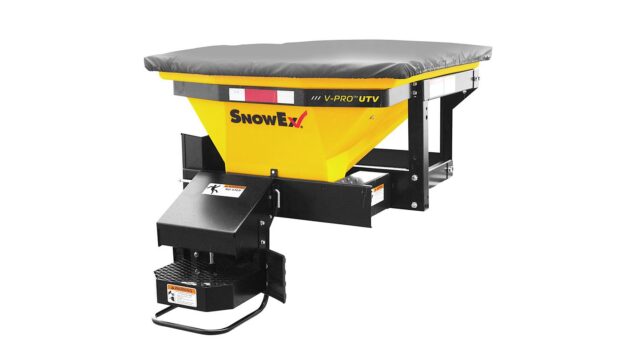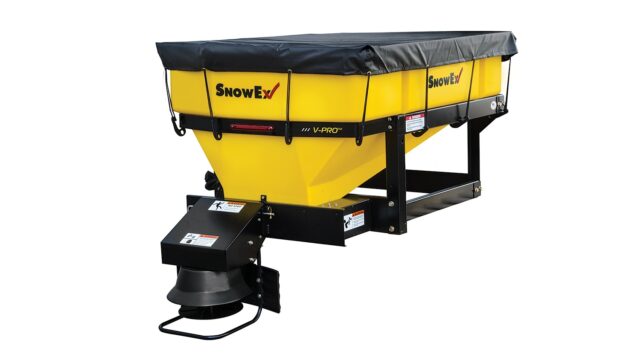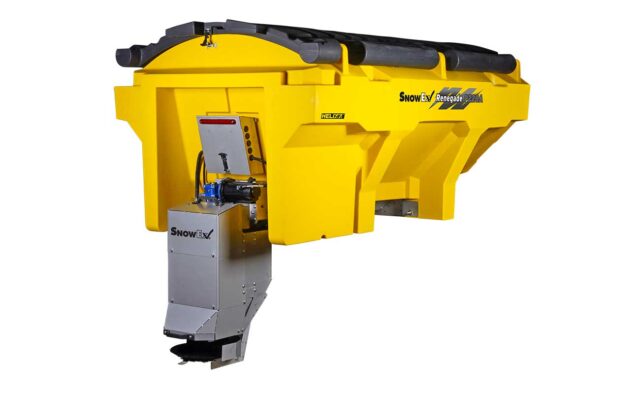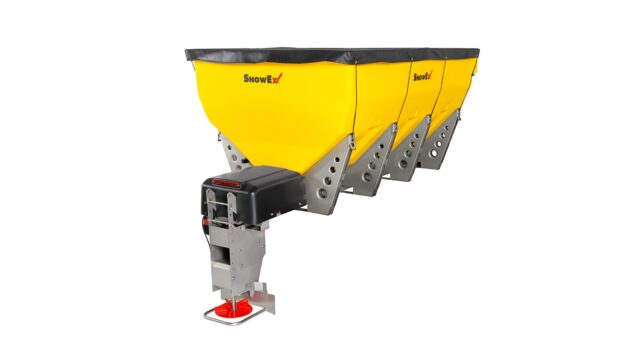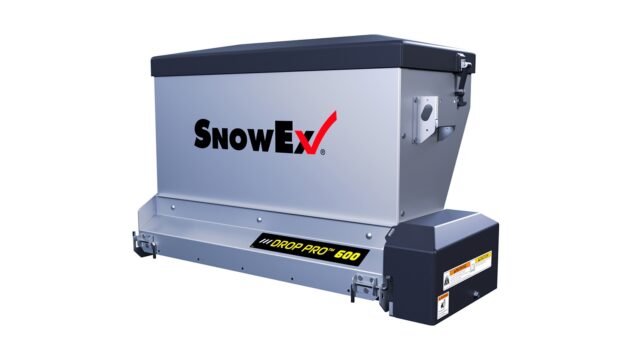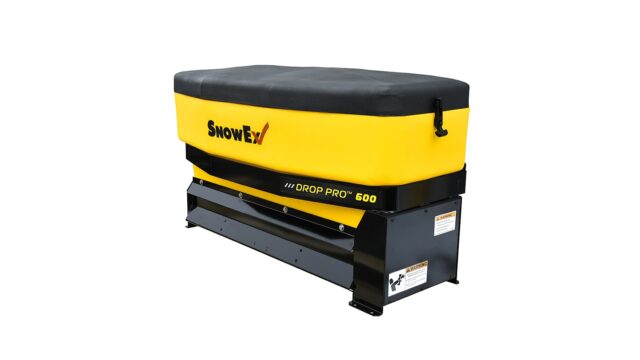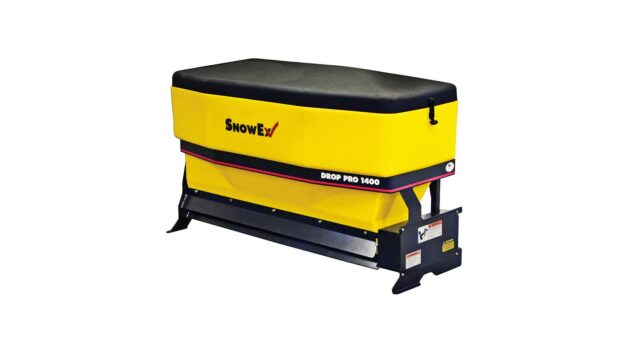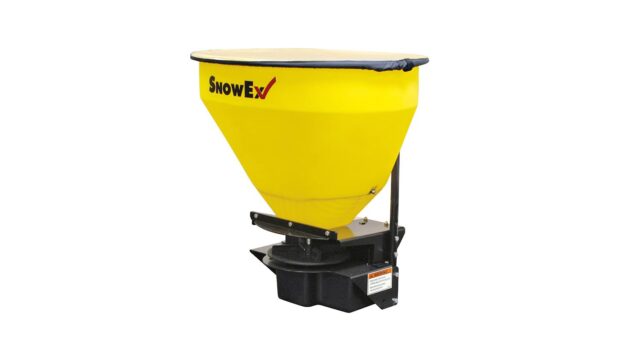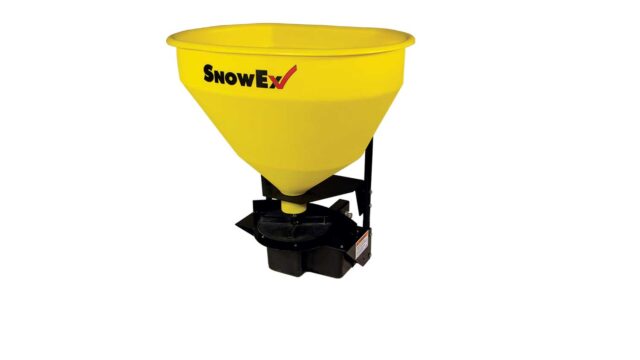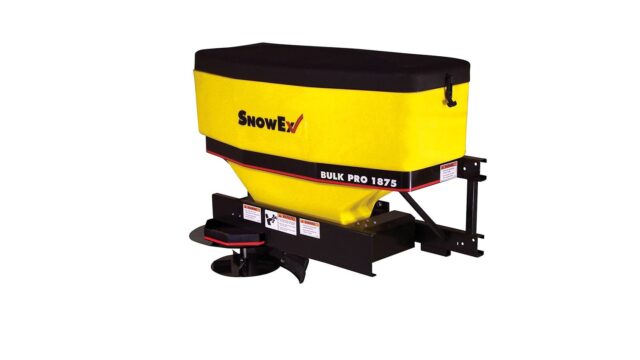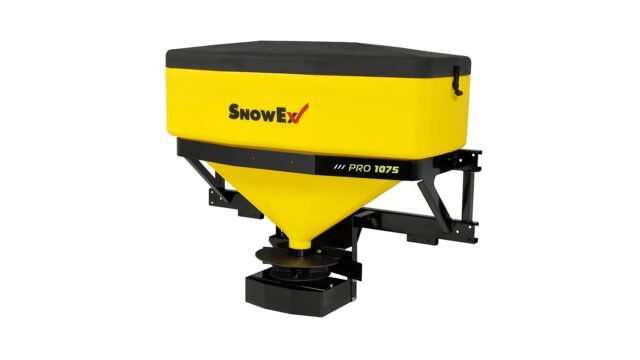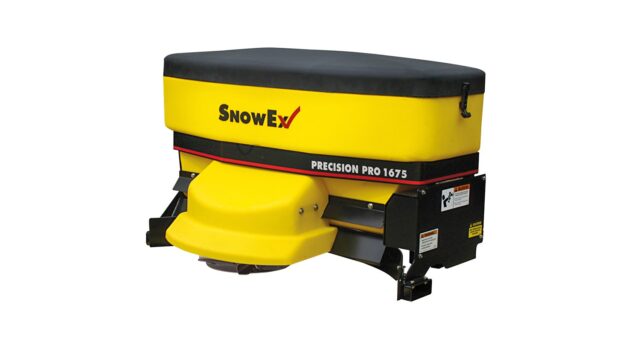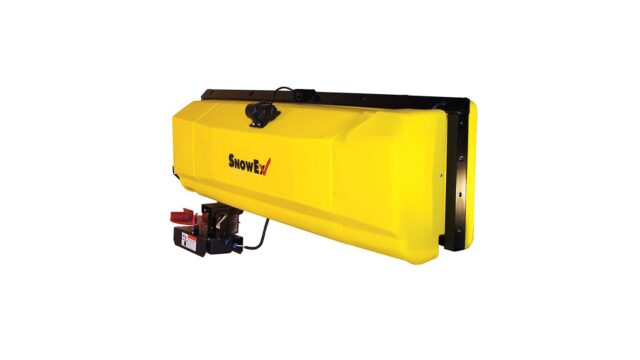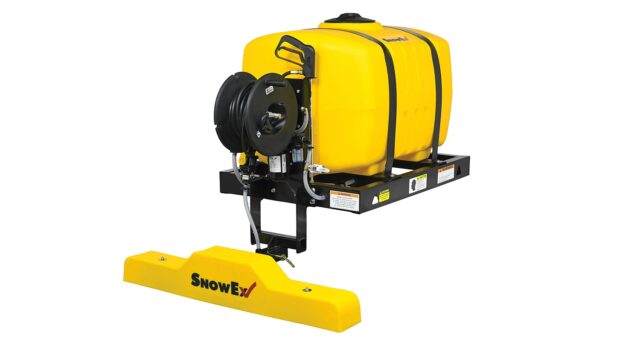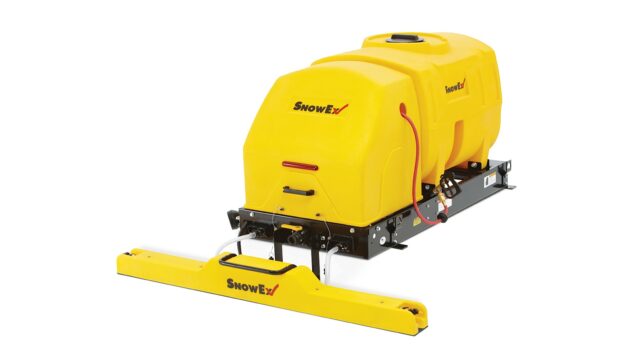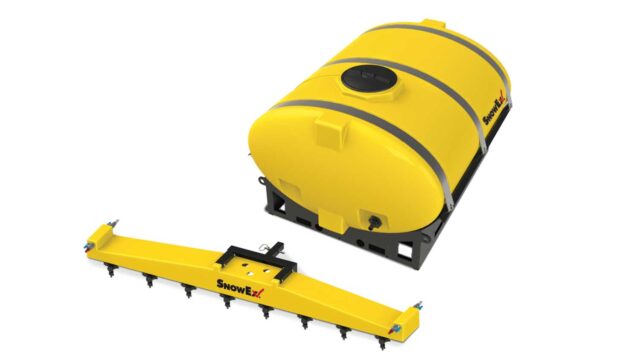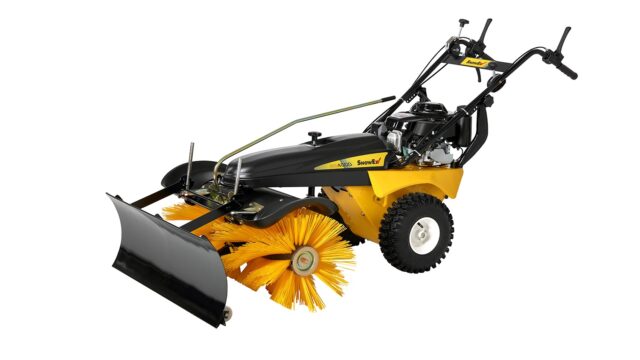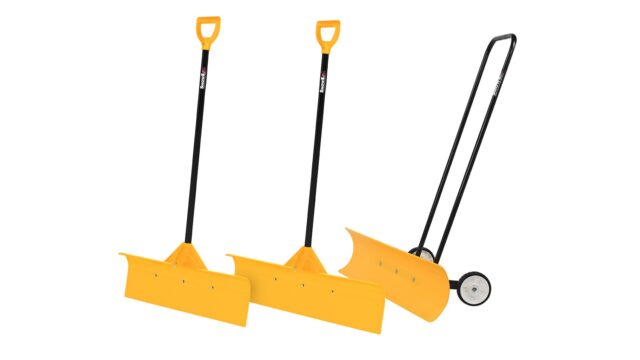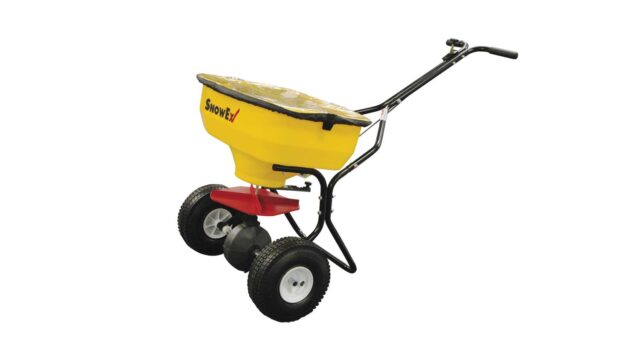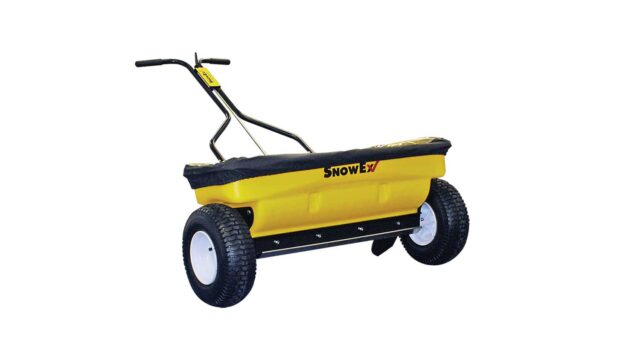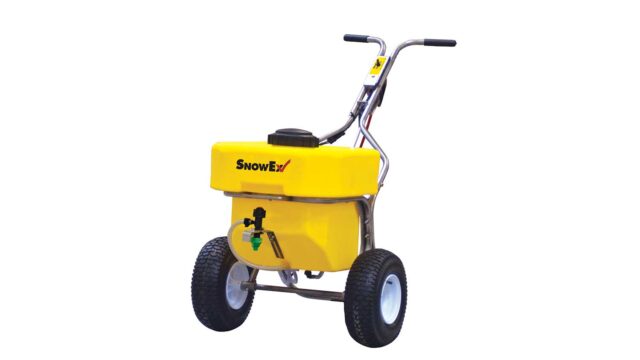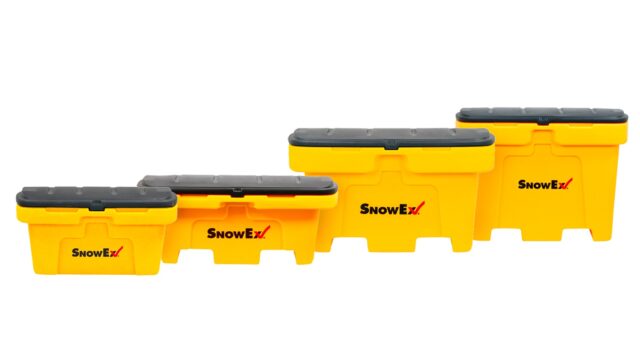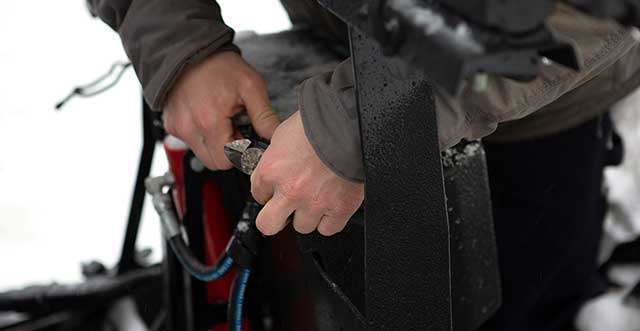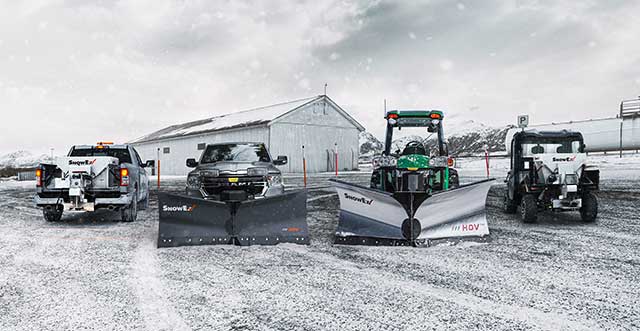How to Protect Your Truck & Plow During Transit
Created April 6, 2020
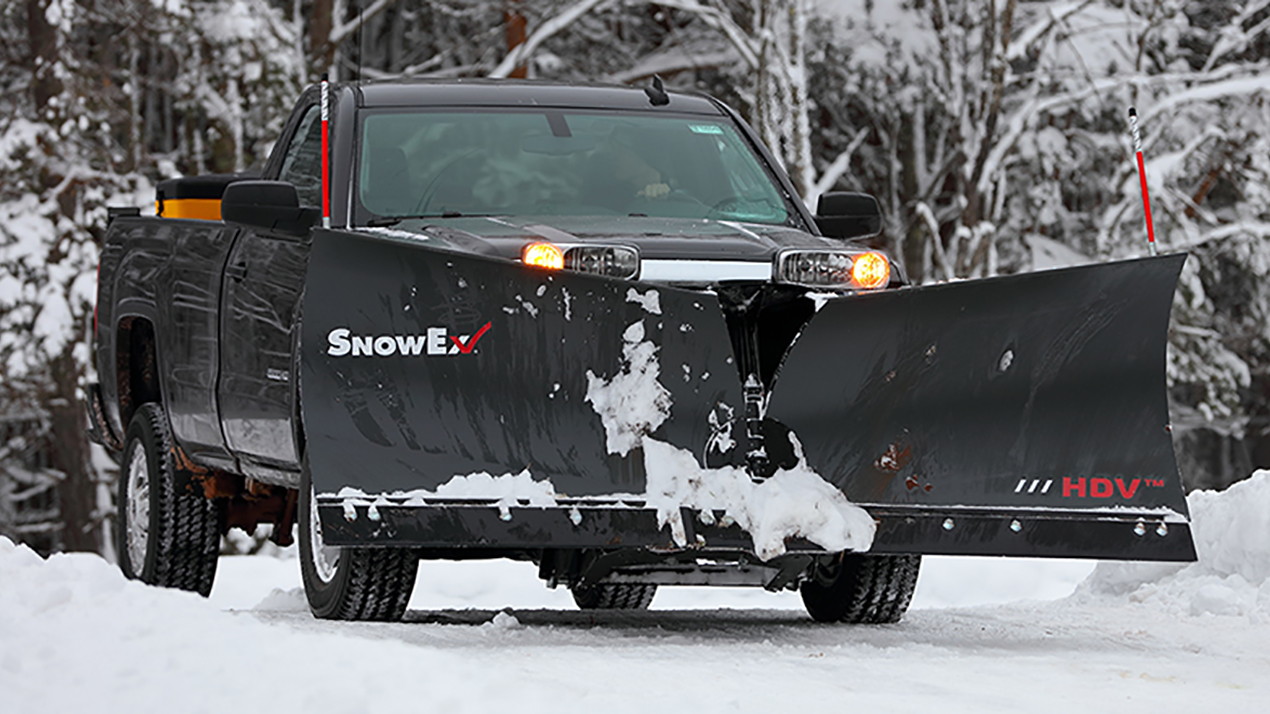
Driving best practices change a bit when you have a plow or spreader attached to your vehicle. Most drivers know the basic safety tips when plowing like wear a seatbelt and use caution strobe lights but what about during transit? Here are some common questions uncovered:
Do I need to adjust the height of my plow when transporting?
You’ll want to raise the plow high enough from the ground so that you don’t come in contact with the pavement when you hit bumps or potholes. If you have a winged plow, be extra cautious since the wings typically sit lower to the ground.
What position should my plow be in when it’s not in use?
V-plows should be in a V position, winged plows should be retracted and angled and straight blades will need to be angled. Angling the blade enables airflow to your engine, reduces wind drag and decreases the chance of hitting a curb or snow bank. You can angle it in either direction but most prefer towards the passenger side so drivers can easily see the plow markers. These adjustments should be made before you start driving, not during operation. Make sure that your view and headlights are not blocked when angling the plow.
Can my truck overheat due to angling the plow?
Yes, it can happen. If you angle the plow properly (reference section above) to ensure there’s enough airflow to the radiator you should be fine but check the temperature gauge often. If your truck overheats it can be costly so you’ll want to stop immediately and adjust the blade position to allow better airflow.
How fast can you drive with a plow?
It’s always in your best interest to follow the speed limit, while not to exceeding 45 mph. If you’re plowing in the middle of a storm, you may want to go even slower.
Can I leave my plow control on during transit?
It is best to leave it off while transporting the plow on roads or highways to prevent accidental operation and take some stress off the hydraulic components.
Does the additional weight of a plow affect operation?
Give yourself more distance and time to brake, even if it’s in four wheel drive. The additional weight will make it more difficult to stop than what you may be used to, especially if you have a spreader full of salt. When carrying a plow only, it is best to have the recommended ballast weight for better vehicle stability.
By setting your plow in the proper position, turning off the control and following these safety guidelines, you’ll be able to protect your plow and vehicle during transit.
